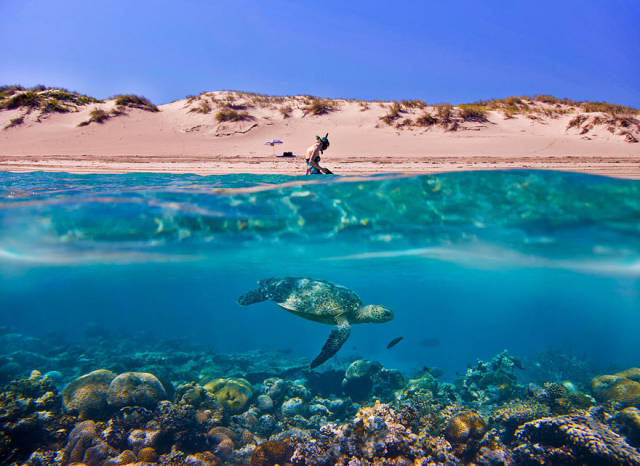1.
gigantes 8 year s ago
awesome photos.
i don't know why this should be so difficult to master, however. by adding a ballast and float to your camera, you should be able to rig it to get the ideal above-below balance. also, i've seen special water cameras that are sort of 'dual lens' for this exact purpose.
i don't know why this should be so difficult to master, however. by adding a ballast and float to your camera, you should be able to rig it to get the ideal above-below balance. also, i've seen special water cameras that are sort of 'dual lens' for this exact purpose.
2.
ChrisR 8 year s ago
There is still all the aspects of taking a grat photo. Exposure, color balance and what it's all called (I'm not a photographer). Not to mention the angles need to be just right at the right moment.
That said; technology is advancing, and soon we can all make those shots. Just look at how great cameras are now for taking "normal" pictures, and everyone and their grandmother now have a drone taking awesome aerial shots or a GoPro for making fantastic action shots. :-)
That said; technology is advancing, and soon we can all make those shots. Just look at how great cameras are now for taking "normal" pictures, and everyone and their grandmother now have a drone taking awesome aerial shots or a GoPro for making fantastic action shots. :-)



i don't know why this should be so difficult to master, however. by adding a ballast and float to your camera, you should be able to rig it to get the ideal above-below balance. also, i've seen special water cameras that are sort of 'dual lens' for this exact purpose.
That said; technology is advancing, and soon we can all make those shots. Just look at how great cameras are now for taking "normal" pictures, and everyone and their grandmother now have a drone taking awesome aerial shots or a GoPro for making fantastic action shots. :-)